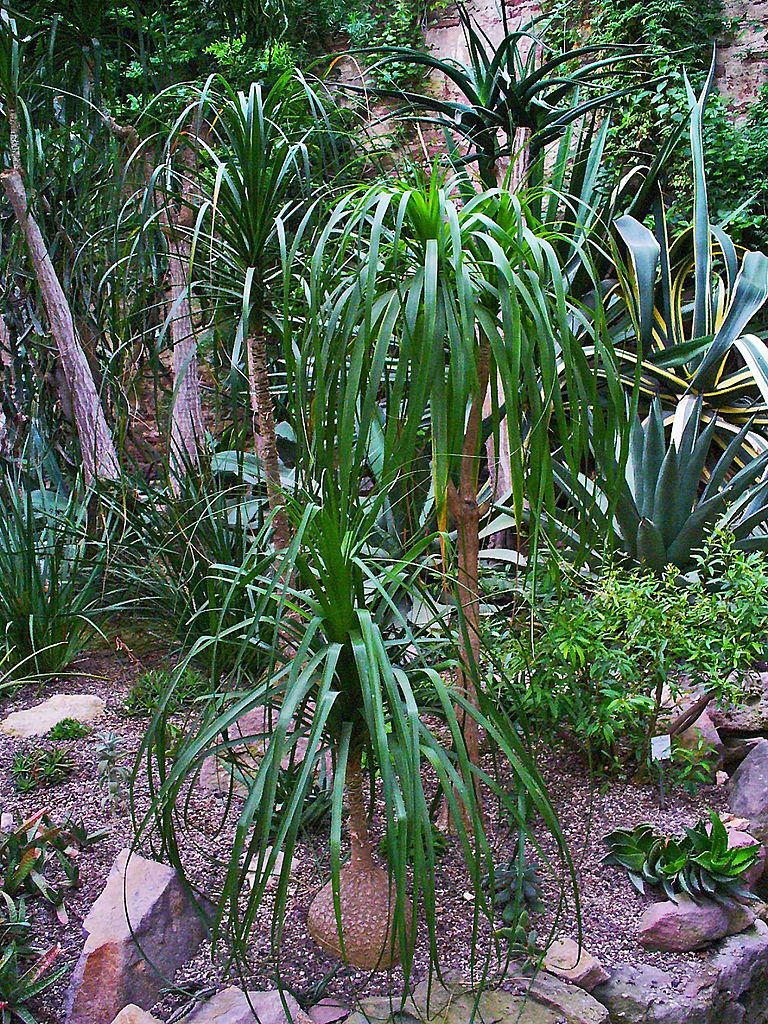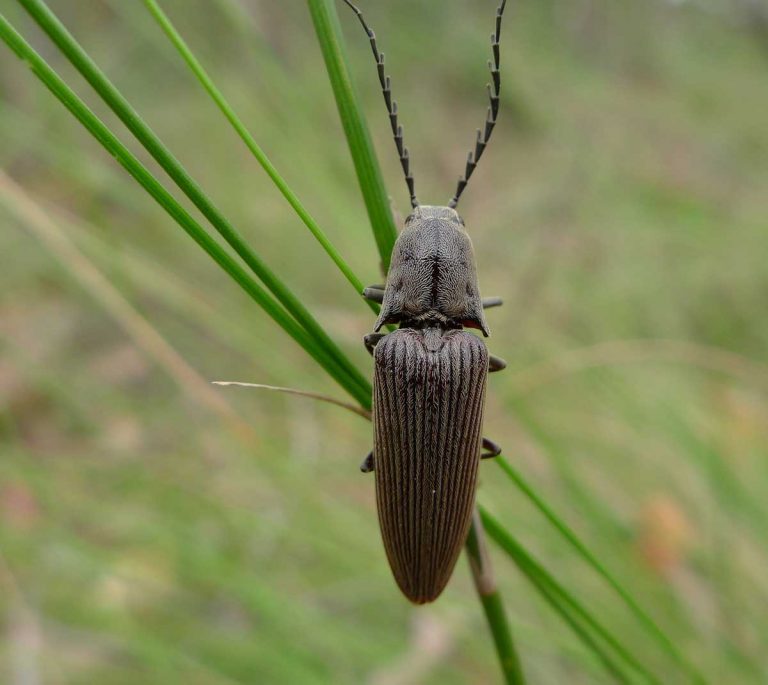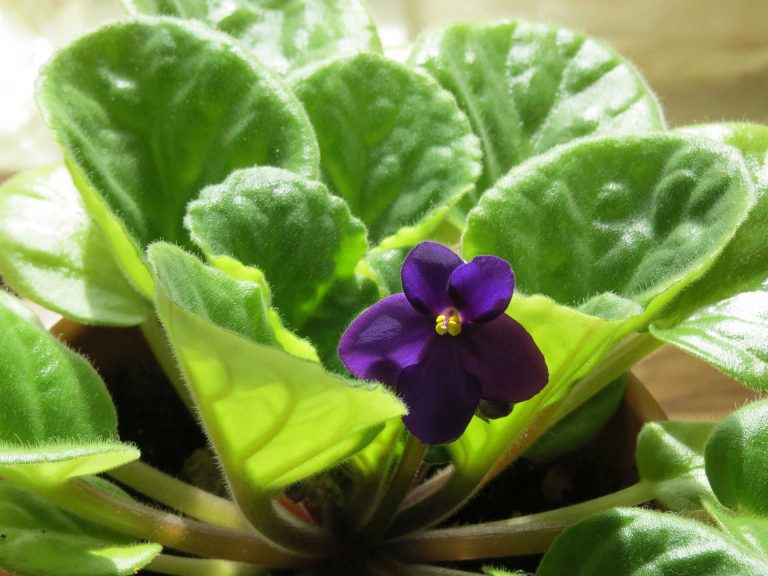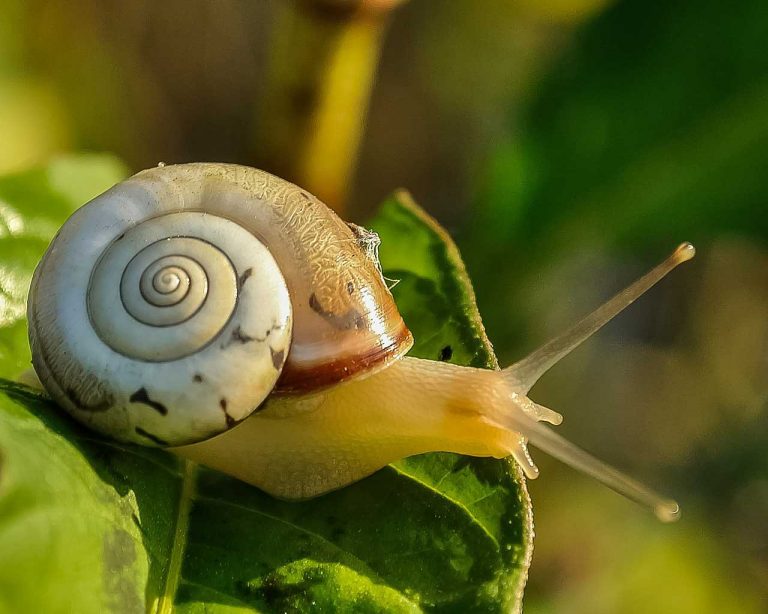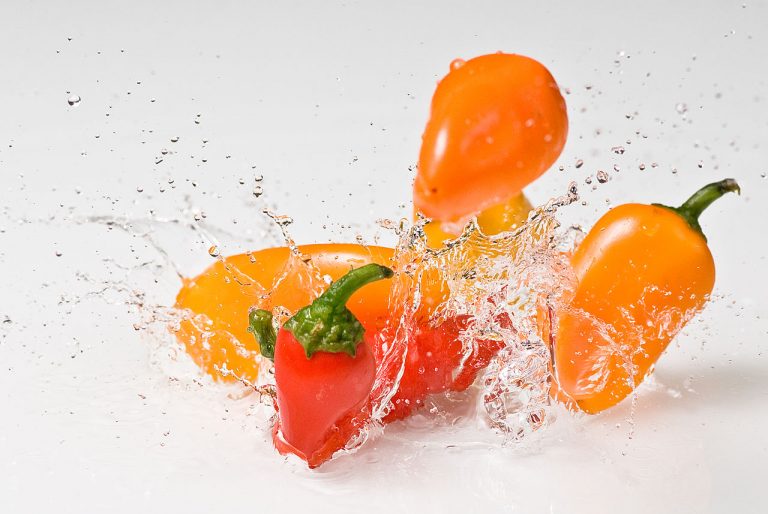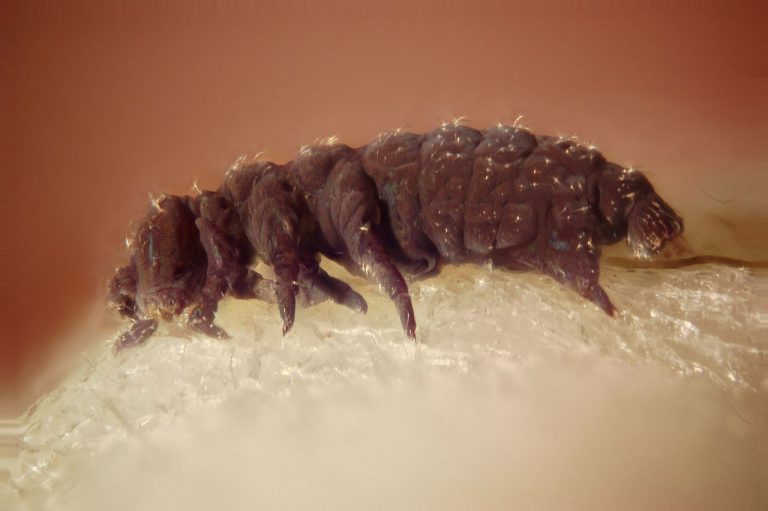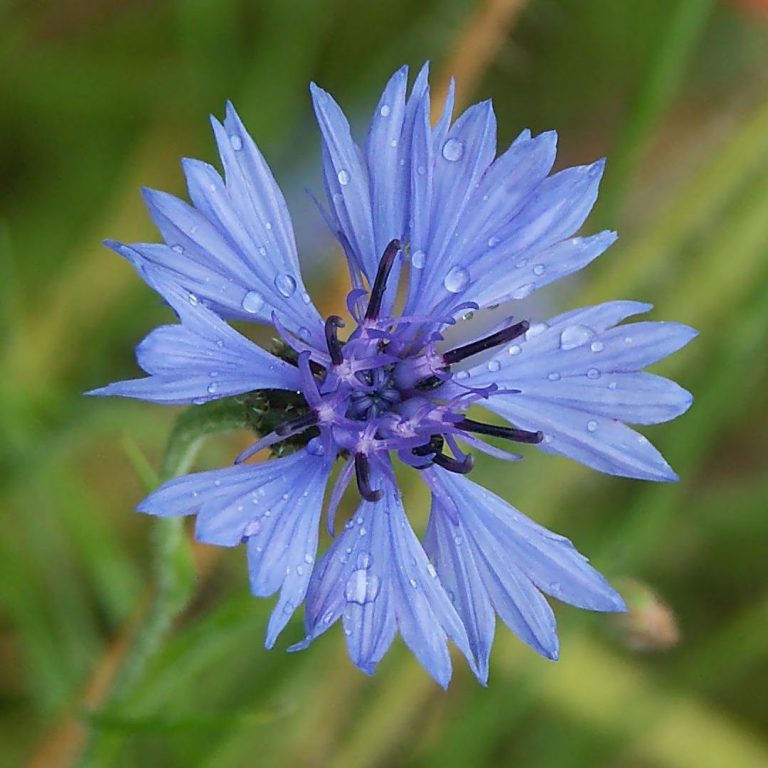Ponytail Palm
Scientific Classification
| Kingdom: | Plantae |
| Clade: | Angiosperms |
| Clade: | Monocots |
| Order: | Asparagales |
| Family: | Asparagaceae |
| Subfamily: | Nolinoideae |
| Genus: | Beaucarnea |
| Species: | B. Recurvata |
Beaucarnea Recurvata (generally called elephant’s foot or ponytail palm) is a variety of plant that belongs to the Asparagaceae family, indigenous to the States of Veracruz, Tamaulipas and San Luis Potosi of Eastern Mexico. In spite of its general name, ponytail palm, it does not have a close relation to the exact palms (Arecaceae). This plant was discovered in the year 1870 by a Frenchman from Mexico; it gained fame in Europe and the world over as an ornamental plant. In Mexico, there is record of Beaucarneas aged 350 years.
History
This ponytail palm is a juicy, perpetual tree that fits in the Agavaceae group of plants. Irrespective of whether this palm-like plant is grown outdoors or indoors, it grows sufficiently lush, different heights and with green colored leaves. Propagation by seeds of the ponytail plant is best in a typically warm atmosphere, for luxurious growth. Certain gardeners consider the plant valuable, especially when it is planted as an attractive plant that gains prominence in their garden or in their homes.
Otherwise called pony tail palm, Elephant Foot Tree and Bottle Palm, this perpetual plant has its origin in the Agave varieties. It is also well known for its production of yuccas and century plants. These Inhabit countries like Mexico and Central America.
Anatomy
This perennial evergreen pony tail plant grows to heights of 15ft. 6 in (4.72m) with a prominent enlarging Caudex, which is used to store water. The lone stem like a palm, generates tufts of recurved leathery strap-shaped foliage at the terminal, at times in the form of hair-locked at the terminals, and infrequent tiny white flowers in panicle when the plant has attained the age of 10 years. This plant is found in 10 varieties.
Habitat
This perpetual evergreen tree grows to heights of 6m (20ft.), with its caudex spreading wide and conspicuously. Its use is to store water in its bulbous trunk for a period of one year; infrequently it bears panicles of tiny blossoms.
How to Grow at Home
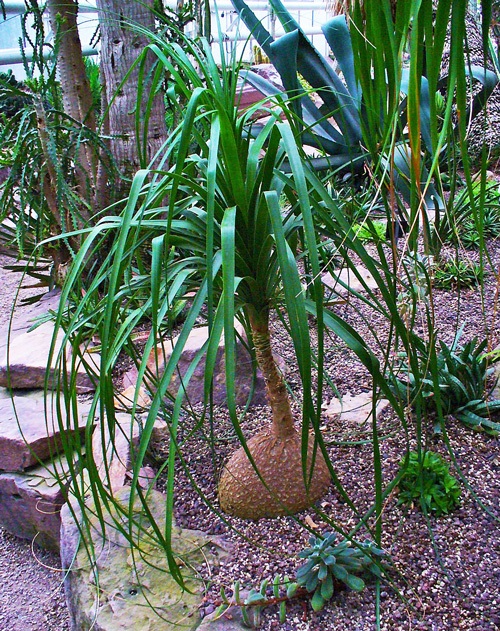
Ponytail Palm – Photo by: H. Zell
Soil
The ideal soil for this plant is one which is organic, rich, quick-draining potting soil.
Planting
Make use of a soil that drains fast like the cactus potting soil.
Standard room temperature is ideal almost throughout the year; however, maintain the temperature cool during winter.
Be on the lookout for a site that has bright sunlight.
Water
While growth takes place, water the plant at intervals of one week to a fortnight. Since water is stored in its bulbous stem, be cautious to avoid over watering by reducing watering your plant to monthly once in the winters.
Temperature
Round the clock, a regular temperature, with slight variations is favorable. The suitable temperature during the growing period is between 10°C (50°F) and 24°C (75°F) and for the remaining period the range is within 4°C (39°F) and 18°C (64°F). However, these woody plants survive in extreme conditions and regularly flourish where the environments are not favorable for other plants.
Humidity
The rim of the leaves turns brown when the humidity is quite low, however, at other times it is not a factor for consideration.
Care
Maintain a moderate dry soil. Irrigate during spring and fall, permitting the surface of the soil to dry prior to next watering, irrigate infrequently during winter. During spring, apply fertilizer and place it where it can enjoy bright sunlight in the summer season.
All that the pony tail requires is re-potting at alternate years.
Uses
Beaucarnea Recurvata is suitable as potted plants in the patio or veranda facing the North or even in the garden outside. As a potted plant, it is suitable for placement where the room is well lit, in the balconies, and courtyards and pools where it is warm. In tropical regions it mostly grows as a street tree. Beaucarnea Recurvata tolerates drought and is ideal for xeriscaping. Since they favor dry, warm climates, it is best for rock gardens. Beaucarnea Recurvata is a good option for offices and homes.
Pests and Disease
- Spider mites attack the leaves; however, they are removable by wiping the stem with a cloth soaked with soap and water.
- The Stems rot on excessive watering. If you hold back water, it is possible for the plant to find a remedy internally.

Having discovered a fondness for insects while pursuing her degree in Biology, Randi Jones was quite bugged to know that people usually dismissed these little creatures as “creepy-crawlies”.

